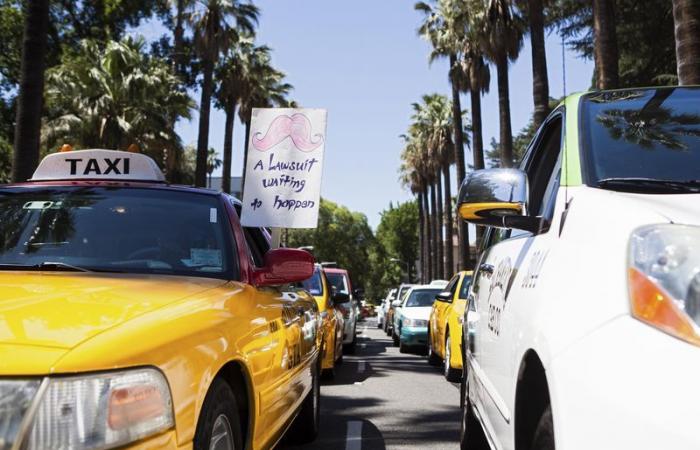
According to a recent expert conference call hosted by Wolfe Research, US ride-hailing and delivery platforms such as Uber Technologies Inc (NYSE:), Lyft, DoorDash Inc and others are expected to face only modest risks from potential deportations under President-elect Trump’s proposed immigration policies.
Although immigration is expected to remain a key issue of the next administration, Wolfe analysts said the direct impact on the gig economy, particularly ride-hailing and meal delivery services, would likely be limited.
Analysts estimate that undocumented migrants could represent up to 10% of drivers on these platforms, a figure considered high but still relatively low in the broader context of the sector’s workforce.
Analysts noted that while there may be some pressure on pricing and supply due to deportation risks, the impact on platforms is expected to be minimal. Platforms like Uber, Lyft, and DoorDash have several mechanisms to mitigate these risks, including adjusting prices and deploying incentives, if necessary, to retain or attract drivers.
“We are increasingly confident in our view that deportation risk from the president-elect’s immigration policies is likely very modest for ride-hailing and food delivery platforms,” Wolfe analysts wrote in their grade.
As part of their broader immigration policies, the new administration has indicated potential efforts to curb illegal immigration, including increased deportations. However, the ride-hailing industry, which relies heavily on flexible part-time workers, has multiple ways to deal with supply issues, even if some drivers were to be deported.
Despite concerns over labor supply, analysts stressed that overall supply for ride-hailing platforms remains healthy. Uber reported 7.8 million drivers on its platform in the third quarter of 2024, an increase of 21% year-over-year.
Lyft also saw stable demand but noted a 33% drop in driver incentives year-over-year. Nonetheless, both companies remain confident in their ability to maintain a balance between supply and demand, even as they face pressures during peak periods like the fourth quarter.
The broader macroeconomic climate and changes in government policies, including the possibility of stricter immigration enforcement, will likely remain ongoing concerns for the industry. However, the immediate threat of widespread driver shortages or price spikes due to deportations appears limited, according to analysts’ assessment.
This article was generated and translated with the help of AI and reviewed by an editor. For more information, see our T&Cs.





